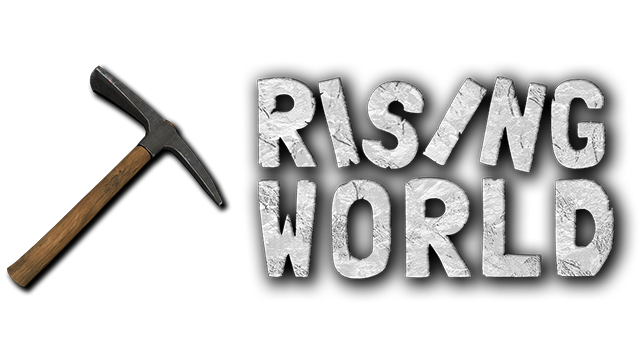So i know Minecraft is a voxel based game. To my knowledge, a voxel is an object whose position is stored as relative to another voxel. In minecraft the voxels happen to be rendered as cubes.
So is Rising World also voxel? Does splitting the word into smaller chunks, each chunk relative to another make it a voxel game?
I ask this because I see people label any game with blocks as a voxel game. I read up on voxels and apparently Crysis was a voxel game.
The landscape is a gigantic mesh but is the mesh drawn as an interpretation of voxel data?

